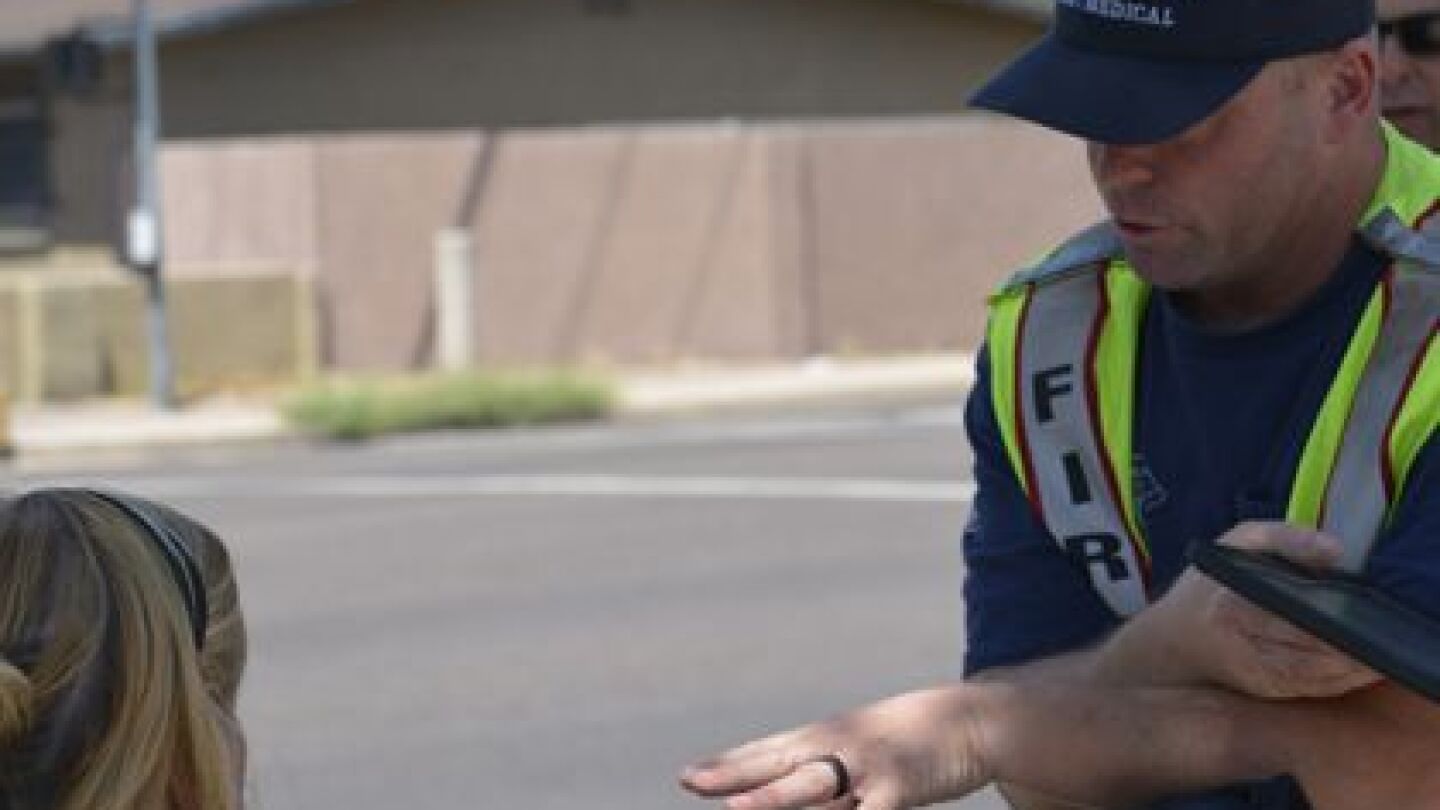EMS Management
The EMS management topic focuses on leadership within EMS agencies, bringing together a range of relevant columns and resources as well as the latest news on EMS department operations, budget issues and new appointments.
“Instead of responding to the majority of 999 calls we receive every day, we want to flip that so we only go to those patients who really, really need a double staffed paramedic emergency ambulance quickly.”
If you’ve seen one community paramedicine program, then you’ve seen one program; here’s how successes from four different programs can be translated to new ones
The whole-system approach to protecting your personnel from violence
Develop these five habits to greatly improve your business-writing skills
Improvement science helps leaders understand why there are changes in performance
We can both benefit from, and provide benefits to, the overall health of our community through public health partnerships
Unless EMS leaders can explain “why” to the millennial workforce, any quality improvement process is doomed
Knowing your personnel and being approachable will allow ideas and improvements to come from all members of the EMS organization
EMS leaders can better understand the types of employees in their agency by assessing the level of engagement and commitment
As patient satisfaction surveys begin to affect Medicare reimbursement for physicians and hospitals, EMS agencies should consider ways to improve care and reduce costs
The ambulance service uses a mix of paid and volunteer staff, but an advanced or paramedic-certified EMT must be on call
A valid physical ability test specific to EMS is an important step to reduce on-the-job injuries and positively change organization cultures
The Welsh ambulance service is the only one that is hitting its targets to respond to life-threatening calls
Cost-effective and high-quality EMS systems are possible if we first move on from the tradition-laden constraints of EMS dogma
The company accepted improper Medicaid payments and completed transportation services with improper certification and documentation
The EMT in charge is being paid for what goes on between their ears rather than the skills they can perform with their hands
The organization is asking that EMS providers to implement the measures to test within their own systems and then provide feedback.
The two-year project aims to bring the EMS community together and develop a vision for the nation’s EMS systems.
Paul Zabriski, 58, was removed as treasurer in January 2016 after the accusations against him came to light
The Fort Wayne fire department and city have agreed to staff a paramedic or AEMT on each fire engine
Our co-hosts discuss why a safety culture is important in reaching organizational strategic goals
A strong patient safety culture has the greatest impact on reducing adverse incidents and harm to patients
Here’s a wish list of EMS priorities for the first 100 days of the Trump administration
Fire and EMS providers have many questions heading into Jan. 20, but one big question can very well dictate how the others play out
Have other tips to add? Join the discussion and sound off in the comments
Improvement success comes from making the Model for Improvement a normal, regular System 1 part of the EMS organization
Excessive work hours, compassion fatigue and violence are contributing to an alarming increase in EMS caregiver suicide
Most EMS workplace conflicts are rooted in a mismatch between manager and employee understanding of responsibility, authority and accountability
Device obsession harms team building and personal communication, which hurts both EMS culture and performance
Apply leadership actions consistently and regularly to improve the morale in your EMS agency
Very basic first aid skills can be enough to save lives and allow an individual to render care while waiting for trained medical personnel to arrive

















